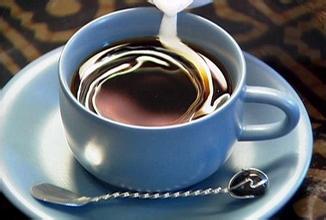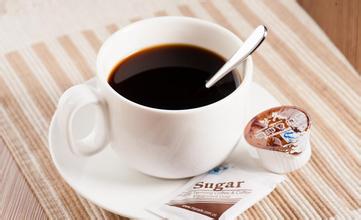Coffee beans Hongbao wet planing-Colombian emerald coffee beans
Coffee beans Hongbao wet planing-Colombian emerald coffee beans
Wet planing is no less important to the global coffee industry than honey treatment. The "manning" that coffee people must drink is treated in this way, and it can even be said that the vast majority of Arabica coffee in Sumatra and Sulawesi in Indonesia are wet planed. Indonesia is the fourth largest coffee producer in the world, according to statistics from the international coffee organization ICO in 2014. A treatment that contributes so much to global coffee production must be worthy of our study and analysis of coffee farmers who bag their wet, sticky coffee with shell beans and sell them to others at the farmers' market where they meet once a week. The buyer is often the buyer of the processing station. The purchasing unit is calculated by volume, and there are pre-measured special buckets, one liter or two liters per barrel, and pay coffee farmers at the price of XX yuan per liter of coffee beans. Buyers often pay by stages by observing the amount of residual pectin adhered to the bean shell. The ones with more residues are cheap; the less expensive treatment stations collect a lot of wet shell beans, send the undried shell beans (water content 35%-45%) directly to the shell machine, and scrape off the bean shell and the pectin adhered to the bean shell. This is called "wet plane". This step is different from all other treatments, no matter washing, sun or honey treatment, all are dried with shell beans (water content 11%) and then "dry" to remove the bean shells.
Wet planing will also occur because the peel is removed in the production process, and the beans come into direct contact with the air, so defective beans such as mildew beans are much higher than water washing and sun drying.
This is the unique way of handling Sumatran Mantenin flavor.
In addition, the peel and pulp that have been removed can also be fermented into fertilizer. If such ecological fertilizer is used in the plantation, it can be added when applying for an organic coffee plantation.
Coffee from gayo in northern Sumatra, toba in central Sumatra and SP bolon in central Sumatra has its own characteristics. For the editor, I personally like the beans in the gayo producing area best.
Second, many people will mistakenly think that Golden Manning refers to golden Manning beans, but it is not. Huang Jinman actually refers to large-size coffee beans, that is, coffee beans with more than 19 eyes. (but later the buyer also found that there is no direct relationship between large size and taste, so it is not based on the size to divide the grade and price.)
As for why Manning's old beans are golden, it is because the local coffee transit station in Medan, the climate is very humid, about 80% of the tide. The golden color is due to the return to moisture of coffee that has been stored for more than 6 months.

Important Notice :
前街咖啡 FrontStreet Coffee has moved to new addredd:
FrontStreet Coffee Address: 315,Donghua East Road,GuangZhou
Tel:020 38364473
- Prev

Flavor description of Katim Coffee beans in Yunnan introduction of varieties produced in Grinding scale Manor
Flavor description of Yunnan Katim Coffee beans Variety introduction of Grinding scale Manor Bourbon: juxtaposed with Tibica as an ancient and excellent variety. Some botanists even believe that Bourbon is a variant of the early Tibika transplanted to Yemen, where the bean shape changed from a thin tip to a round body. It was not until 1715 that France began to transplant Yemeni mocha round beans on the island of Bourbon on the east coast of Africa.
- Next

Panama Emerald Estate Rose Summer Red Label and Green Label Flavor Description of Coffee Bean Taste Treatment
Description of the flavor of the coffee beans in the red and green labels of the Panama Emerald Estate. Taste treatment. Introduction to the region. In 1996, at the time of the lowest international coffee prices, seven coffee estates in the Boquete and Volcan regions saw the dawn of the specialty coffee era. Panamanian Association of Special Coffees of Panama
Related
- Detailed explanation of Jadeite planting Land in Panamanian Jadeite Manor introduction to the grading system of Jadeite competitive bidding, Red bid, Green bid and Rose Summer
- Story of Coffee planting in Brenka region of Costa Rica Stonehenge Manor anaerobic heavy honey treatment of flavor mouth
- What's on the barrel of Blue Mountain Coffee beans?
- Can American coffee also pull flowers? How to use hot American style to pull out a good-looking pattern?
- Can you make a cold extract with coffee beans? What is the right proportion for cold-extracted coffee formula?
- Indonesian PWN Gold Mandrine Coffee Origin Features Flavor How to Chong? Mandolin coffee is American.
- A brief introduction to the flavor characteristics of Brazilian yellow bourbon coffee beans
- What is the effect of different water quality on the flavor of cold-extracted coffee? What kind of water is best for brewing coffee?
- Why do you think of Rose Summer whenever you mention Panamanian coffee?
- Introduction to the characteristics of authentic blue mountain coffee bean producing areas? What is the CIB Coffee Authority in Jamaica?

